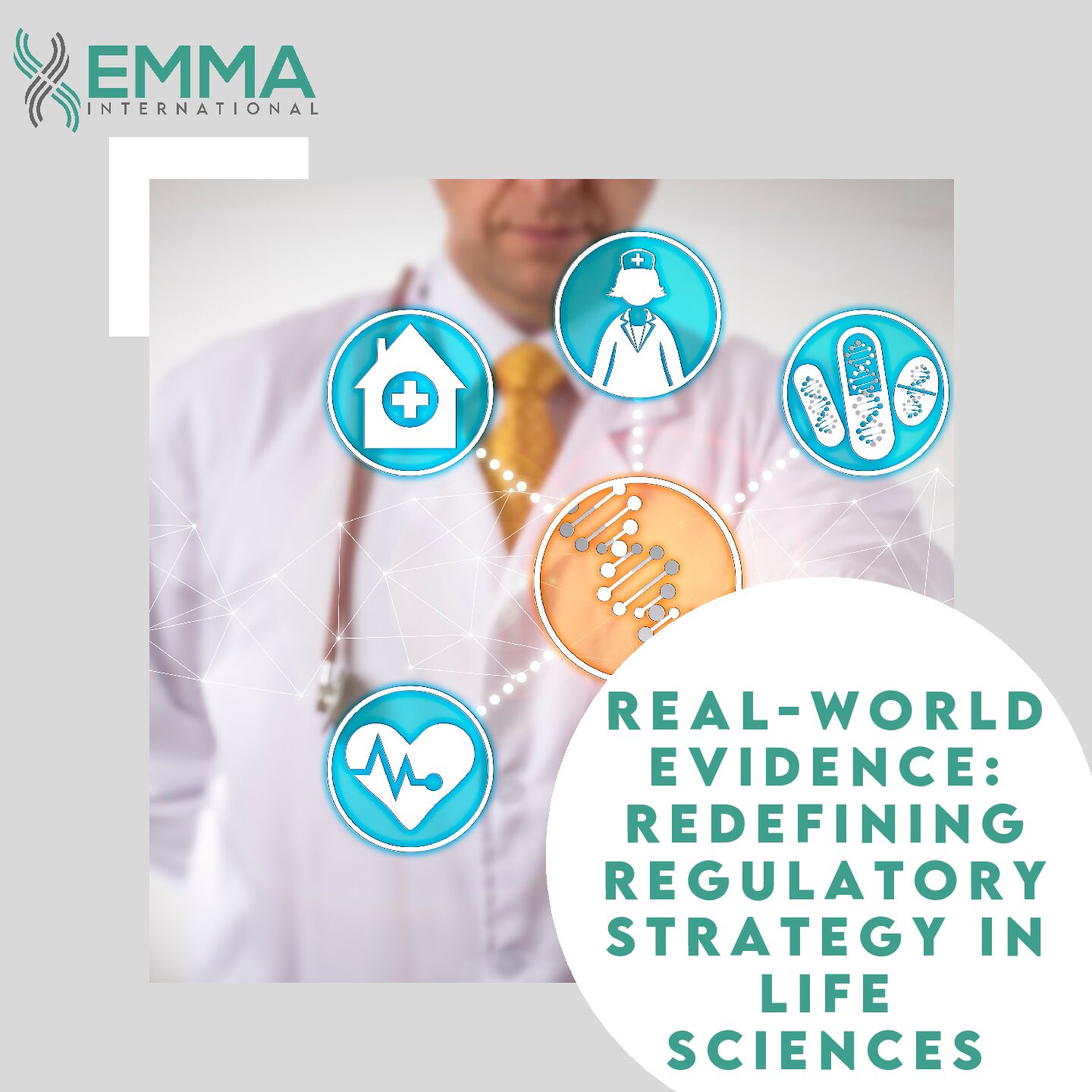Innovation in medical technology is crucial for advancing healthcare and improving patient outcomes. However, the journey from development to market can be lengthy due to regulatory requirements. The FDA introduced the Breakthrough Device Designation (BDD) program to streamline this process for devices that offer significant advantages over existing alternatives. This blog explores what the Breakthrough Device Designation is, its benefits, the criteria for qualification, and the application process.
The Breakthrough Device Designation is an FDA program designed to expedite the development, assessment, and review of medical devices that provide more effective treatment or diagnosis of life-threatening or irreversibly debilitating conditions. The goal is to help patients access breakthrough technologies faster while still ensuring safety and effectiveness. The program does this by providing device manufacturers with priority review and more frequent interaction with FDA experts during the premarket review process.
Receiving the Breakthrough Device Designation offers several advantages for device manufacturers, including:
- Priority Review and Accelerated Approval: The designation allows for a faster review timeline. The FDA provides priority evaluation for breakthrough devices, potentially reducing the time to market compared to non-designated devices.
- Interactive and Flexible Review Process: The program encourages more frequent and interactive communication between the FDA and the manufacturer. This collaboration can help identify and resolve potential issues early in the development process, minimizing delays.
- Access to Senior FDA Review Staff: Manufacturers receive guidance from senior FDA officials, providing valuable insights that can improve the development process and increase the likelihood of approval.
- Dual Submission Pathways: The program allows for a “sprint” approach to collecting clinical data, where certain clinical endpoints can be developed in phases or through alternative study designs. Additionally, it may allow for the simultaneous submission of marketing applications under the Premarket Approval (PMA) and De Novo pathways.
To qualify for the Breakthrough Device Designation, a device must meet two main criteria:
The device must provide more effective treatment or diagnosis of a life-threatening or irreversibly debilitating condition. This includes situations where no alternative exists or where the device offers significant advantages over existing approved options.
Additionally, the device must satisfy at least one of the following criteria:
- Represents a breakthrough technology.
- Offers a significant improvement over existing alternatives.
- Serves a condition for which no approved or cleared alternative exists.
- Addresses an unmet need by providing clinically meaningful outcomes.
These criteria ensure that the program targets medical devices with the potential to make substantial advancements in patient care.
The application process involves several steps, beginning with the submission of a “Breakthrough Device Designation Request” to the FDA. The submission should include a detailed description of the device, the intended patient population, the clinical indication, and evidence supporting how the device meets the designation criteria.
Once the request is submitted, the FDA reviews it to determine whether the device meets the program’s criteria. The review period typically takes up to 60 days. If the request is approved, the device enters the Breakthrough Device Program, and the manufacturer gains access to the benefits mentioned earlier. Throughout the development process, there are opportunities for continued engagement with the FDA to discuss clinical study plans, regulatory strategies, and other relevant considerations.
While the Breakthrough Device Designation offers many advantages, there are some challenges and considerations to keep in mind. First, receiving the designation does not guarantee approval. The device must still demonstrate safety and effectiveness to the FDA’s satisfaction. Additionally, while accelerated timelines can be advantageous, they may also increase pressure on manufacturers to complete development activities more quickly. Careful planning and resource allocation are essential to take full advantage of the program.
Moreover, the interactive nature of the program requires manufacturers to be well-prepared for ongoing dialogue with the FDA. Companies should be ready to respond to questions and provide additional data or documentation promptly.
Navigating the Breakthrough Device Designation process requires a strategic approach to regulatory planning and clinical development. EMMA International offers comprehensive regulatory consulting services to support companies through each step of the BDD application and development process. From preparing the initial submission to facilitating ongoing communication with the FDA, our expertise in regulatory affairs ensures that your breakthrough device receives the attention and support it needs to reach the market efficiently.
Our team helps manufacturers design robust clinical strategies, interpret regulatory guidance, and optimize data collection efforts to meet FDA requirements. Whether your device is in the early stages of development or ready for clinical trials, we can help you achieve successful regulatory outcomes. Are you ready to learn more? Call us at 248-987-4497 or email info@emmainternational.com today!
FDA (March 2024) Breakthrough Devices Program retrieved from: https://www.fda.gov/medical-devices/how-study-and-market-your-device/breakthrough-devices-program





